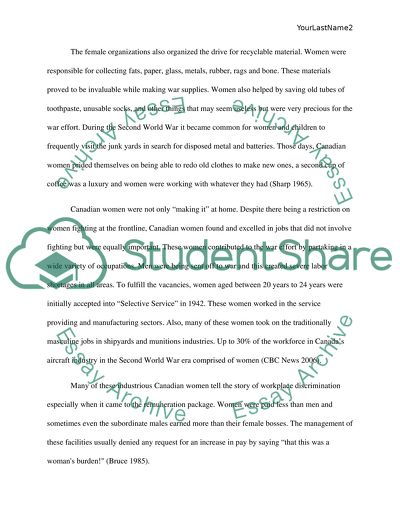Cite this document
(“Roles played by Canadian Women in World War II Research Paper”, n.d.)
Retrieved from https://studentshare.org/english/1445808-roles-played-by-canadian-women-in-world-war-ii
Retrieved from https://studentshare.org/english/1445808-roles-played-by-canadian-women-in-world-war-ii
(Roles Played by Canadian Women in World War II Research Paper)
https://studentshare.org/english/1445808-roles-played-by-canadian-women-in-world-war-ii.
https://studentshare.org/english/1445808-roles-played-by-canadian-women-in-world-war-ii.
“Roles Played by Canadian Women in World War II Research Paper”, n.d. https://studentshare.org/english/1445808-roles-played-by-canadian-women-in-world-war-ii.


